At the Kenya Medical Research Institute, researchers are developing a mobile phone application that utilizes artificial intelligence to diagnose tuberculosis and other respiratory disorders.
Dr. Videlis Nduba and his team record coughs from both persons with respiratory disorders like tuberculosis and those who do not have the condition in a specially designated silent area.
The goal is to produce software that can distinguish between the two and a mobile phone application that can reliably identify a cough associated with tuberculosis and other dangerous diseases.
Natural or forced coughs are collected using three microphones: a low-cost version, a high-definition version, and a smartphone microphone.
The data are submitted to the University of Washington, where they are processed through an existing computer software system known as ResNet 18.
Nduba, the primary researcher, explains: “This software employs artificial intelligence to analyze coughs, which we refer to as cough spectral grams, and then regresses them. So it’s a mathematical approach of modeling the cough image to see whether there’s a difference between someone coughing with tuberculosis and someone coughing without.
Nduba believes that if the program can be demonstrated to operate accurately in trials, it will cut the time it takes for a patient to receive a diagnosis and treatment, so helping to reduce the spread of tuberculosis.
“The most significant achievement is the reduction in time to diagnosis. So, the typical duration between when someone develops TB symptoms and when a doctor confirms they have TB and need treatment can range from 3 to 2 months to a year. And when they are in the population, they are infectious and transmit tuberculosis. When they acquire a cough, exposing them to this software and determining whether it is TB will limit TB transmission in the community, and transmission is responsible for a large portion of TB cases,” he says.
However, the program is currently insufficiently accurate to meet the World Health Organization’s standards.
According to the WHO, the application must be at least 90% accurate in recognizing a tuberculosis infection and at least 80% accurate in detecting the absence of an infection.
So far, Nduba’s experiments have yielded 80% accuracy in diagnosing tuberculosis and 70% in detecting the absence of tuberculosis.
“The WHO would like a test that has a 90% likelihood of detecting an illness like tuberculosis and more than an 80% chance of determining that it is not TB when it is not TB. So far, our program has passed over 80% of the tests, compared to 90%; we are not far from completion; all we need to do now is fine-tune it. And it has showed a 70% prediction of no TB when there is no TB, which is very close to the WHO goal product profile of 80%,” he adds.
Johnson Munori, a former tuberculosis patient, is participating in the research.
He has been cured and is no longer infectious, but he still visits the clinic for checkups.
Munori was unaware he had tuberculosis until he was diagnosed by a doctor who invited him to participate in the research study.
He believes the app will be useful.
“Before I came for the screening, I had no idea I had tuberculosis until I was diagnosed, and then I was told that there is a new technique that we could use to identify TB through cough recording. I did that, and they validated my condition, and I began taking medication. I took the prescription and finished. It’s a very convenient technology; new technology that I believe will benefit a lot of people.”
Amref International University’s Jarim Omogi specializes in public health.
He claims that the usage of artificial intelligence in medicine is expanding.
“Yes, we will employ AI to diagnose this, which is extremely possible. It is not only likely that it is being used by healthcare experts right now, but the chat GPTs are also being used for diagnosis. As a result, what will happen with such technology is that they will assist because, remember, in the medical field, there are what we call what people need to follow in terms of treatment, and so the AI and all of these applications are essentially to activate and assist, particularly in confirmation and two in real time data. So that the patient on the other end can receive help as soon as feasible. Let us not look at it as a diagnosis. Let’s see how long it takes for the patient on the other end to be aided. How cost-effective is it? How fast is it? How inexpensive is it? That is the benefit of such, thus it can be used.
The National Institutes of Health funded the trial, but it has yet to get regulatory approval.





